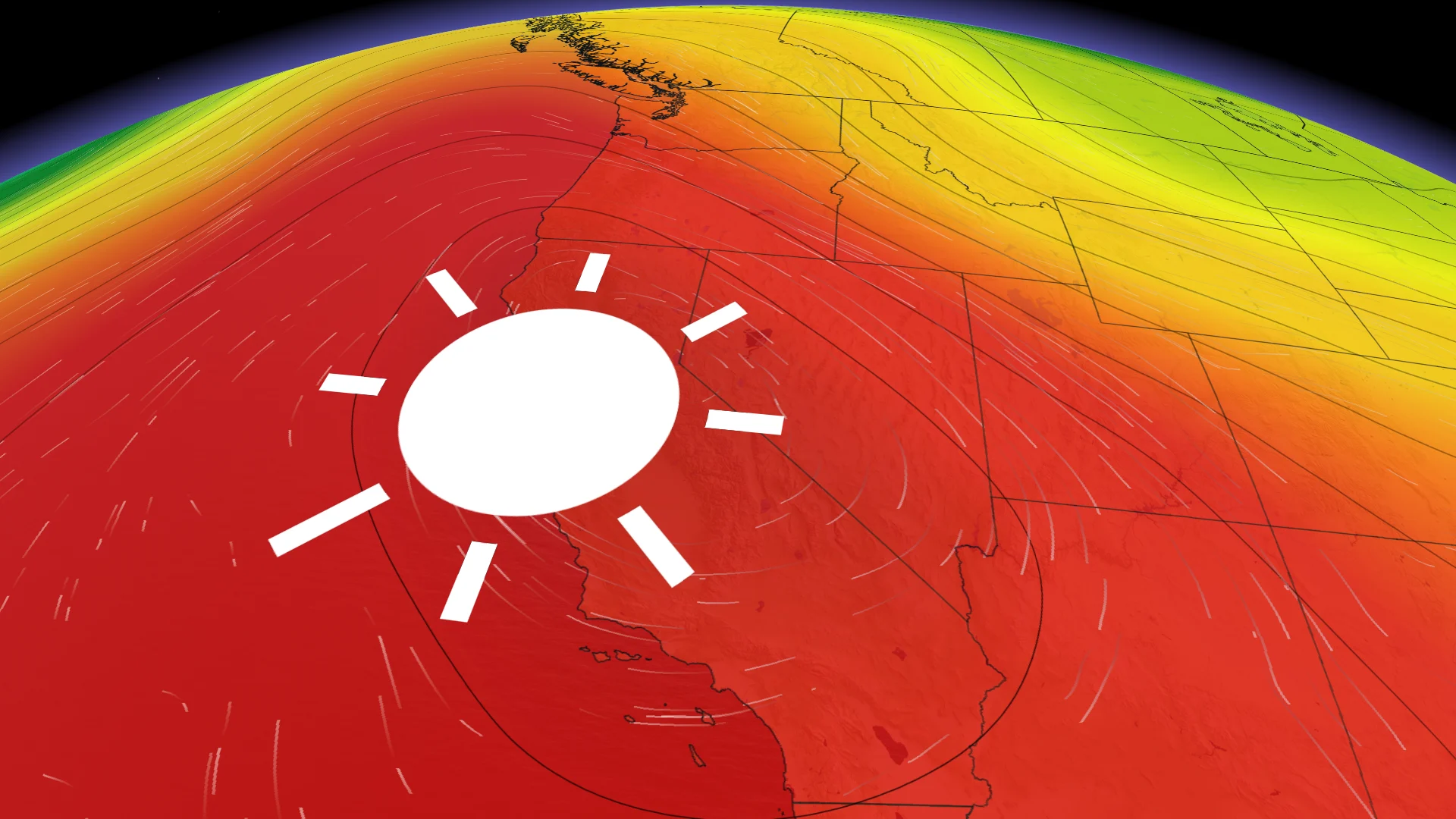
Will Death Valley flirt with a world record next week? It's on the table
There are reasons why Death Valley, Calif., is called the hottest place on Earth. A massive heat dome could bring it another world record next week
Despite being largely discredited, Death Valley, Calif., holds the record for the world's hottest air temperature that was recorded on July 10, 1913 (56.7°C in Furnace Creek, Calif).
Even if you ignore that feat, Death Valley still claims the reliable, warmest global air temperature record, set on July 9, 2021 with an impressive and oppressive reading of 54.4°C.
SEE ALSO: How Death Valley can reach the hottest temperatures on Earth
With those achievements, it has earned itself the hottest place on Earth moniker with air temperatures that regularly climb into the mid-40s or higher.

And, it may set a new record next week. Read on for what's behind the latest bout of extreme heat.
Prolonged heat dome for the West in the works
A massive heat dome is circulating over California and the western U.S., building heat inland daily, a telltale sign of a heat dome.
This is quite a rare and long-duration heat wave that will persist into the middle of next week as the massive ridge of high-pressure parks itself over the area.
No rain is forecast along most of the west coast of North America for the next 10 days.
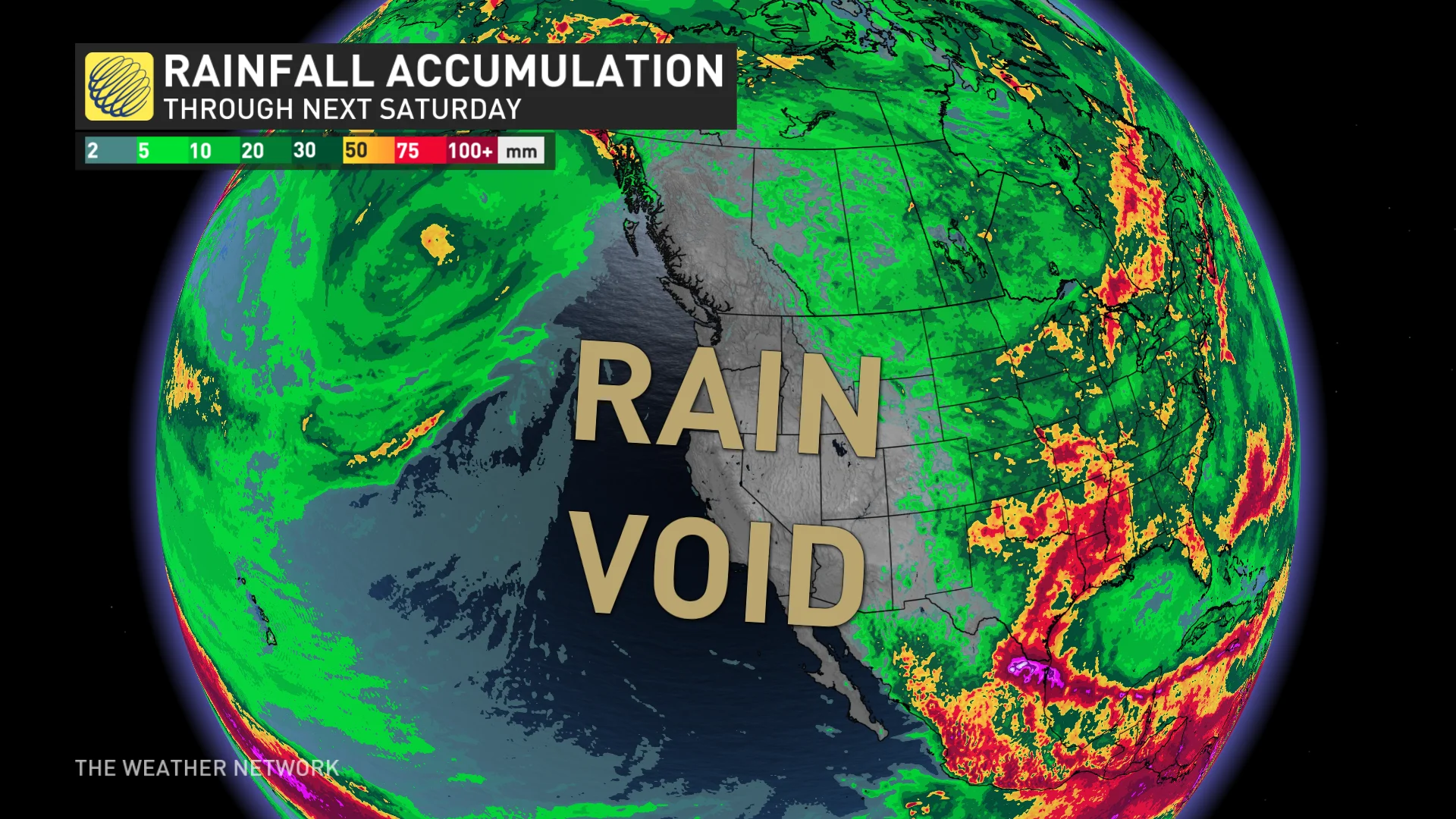
In June 2021, British Columbia surpassed Canada’s previous, all-time temperature record of 45.0°C in Yellowgrass, Sask., set in 1937. Lytton, B.C., hit 49.6°C in June 2021, making it Canada's all-time heat record.
Some locations in the U.S. may set all-time temperature records including Las Vegas, Nev. For some perspective, there are records of Las Vegas hitting 46°C five days in a row, a value typically only achieved once a year.
We’re watching the temperature closely in Death Valley, where Furnace Creek looks to challenge its all-time temperature record from back in 2021. For reference, a medium-rare steak is generally cooked to an internal temperature of 54-56°C.
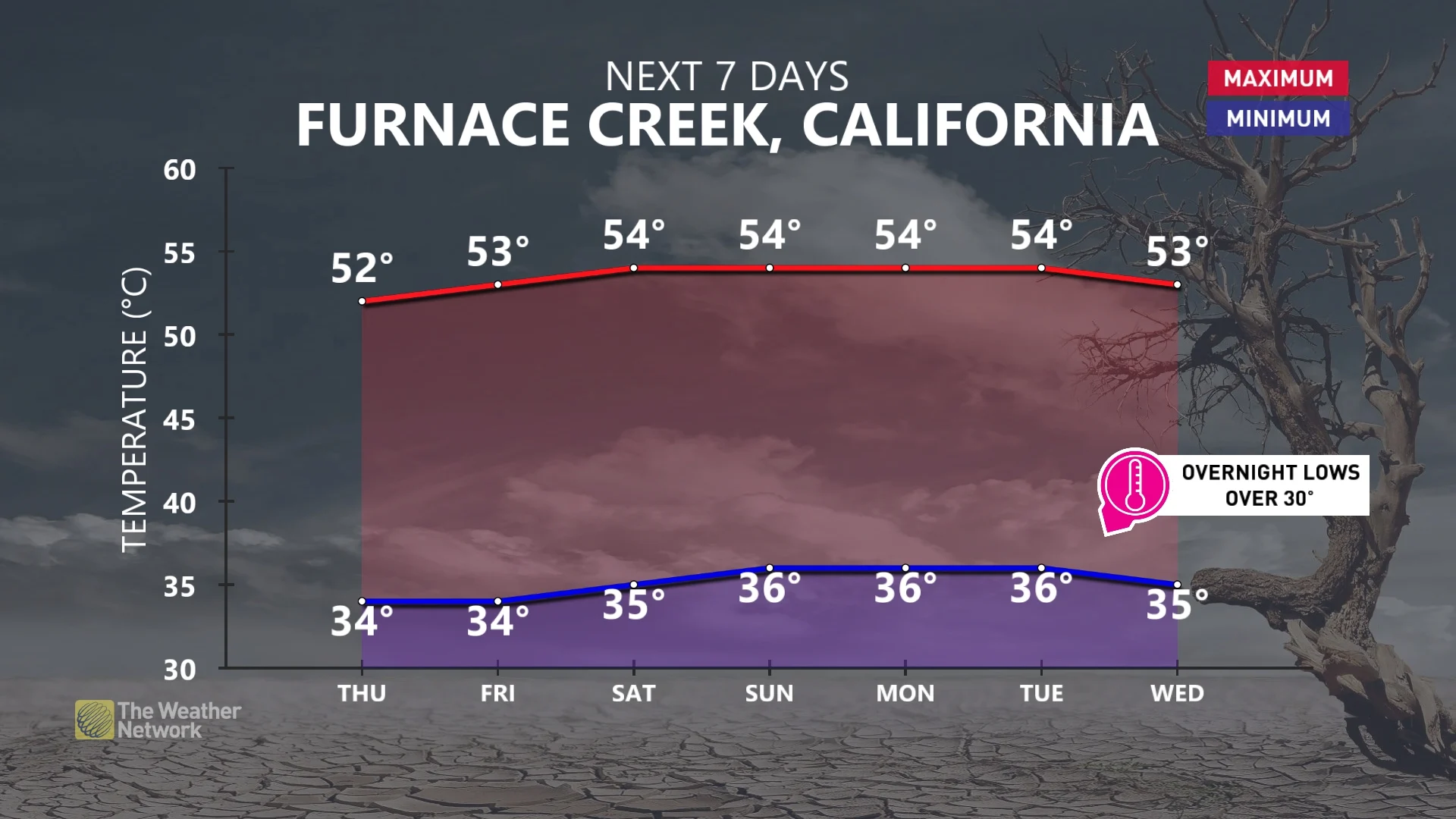
The ridge will continue to expand up the west coast of North America and give British Columbia the warmest temperatures in Canada so far this year, with multiple days above 40°C in the hottest Interior valleys.
This will most likely be the most significant stretch of hot weather since the June 2021 heat dome event.
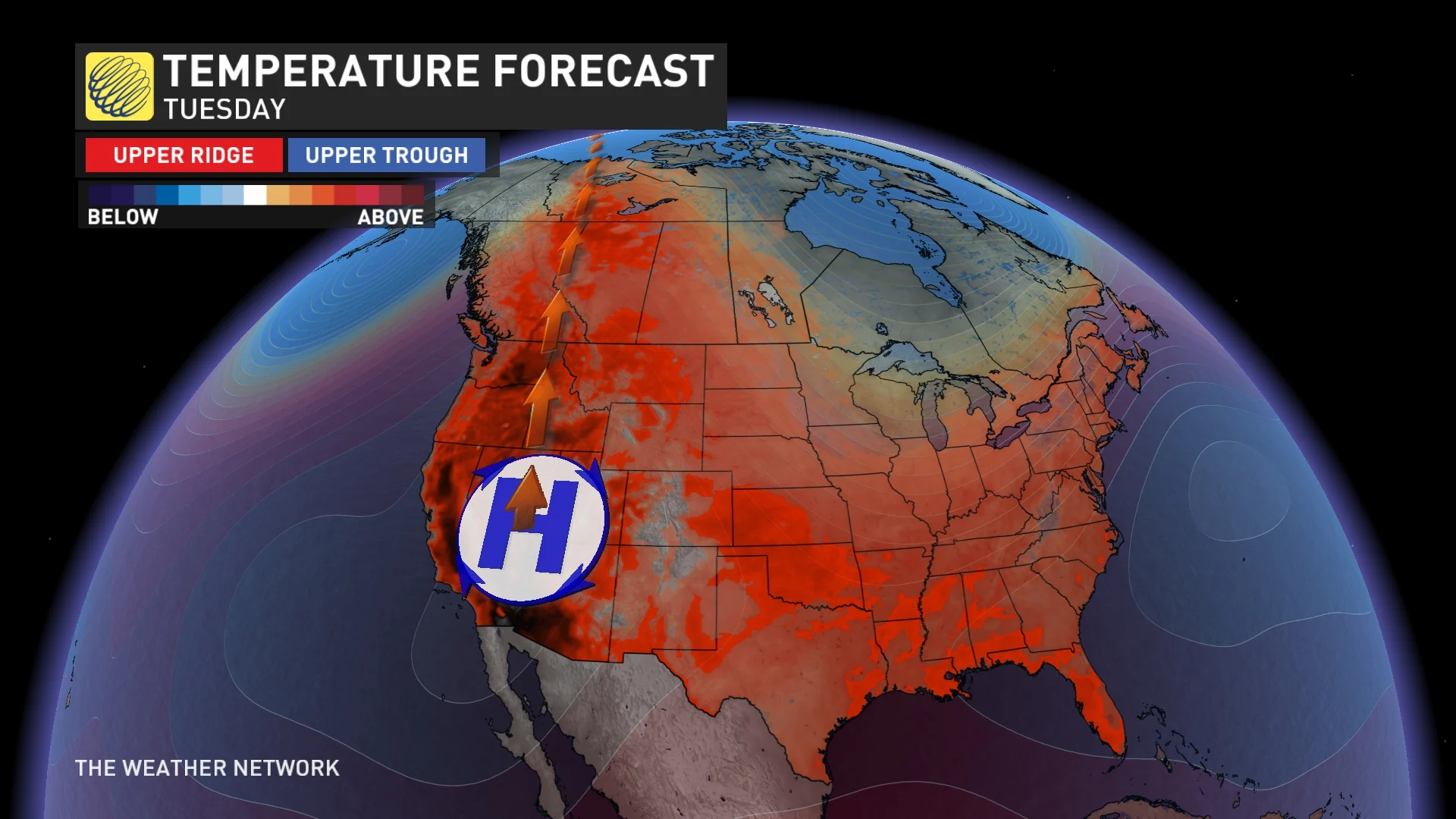
A long-duration heat wave is forecast in British Columbia, with maximum temperatures on the South Coast to rise into the low- to mid-30s, with the Interior temperatures soaring well into the upper 30s.
The wildfire danger will abruptly rise into next week with low relative humidity and scorching hot temperatures.
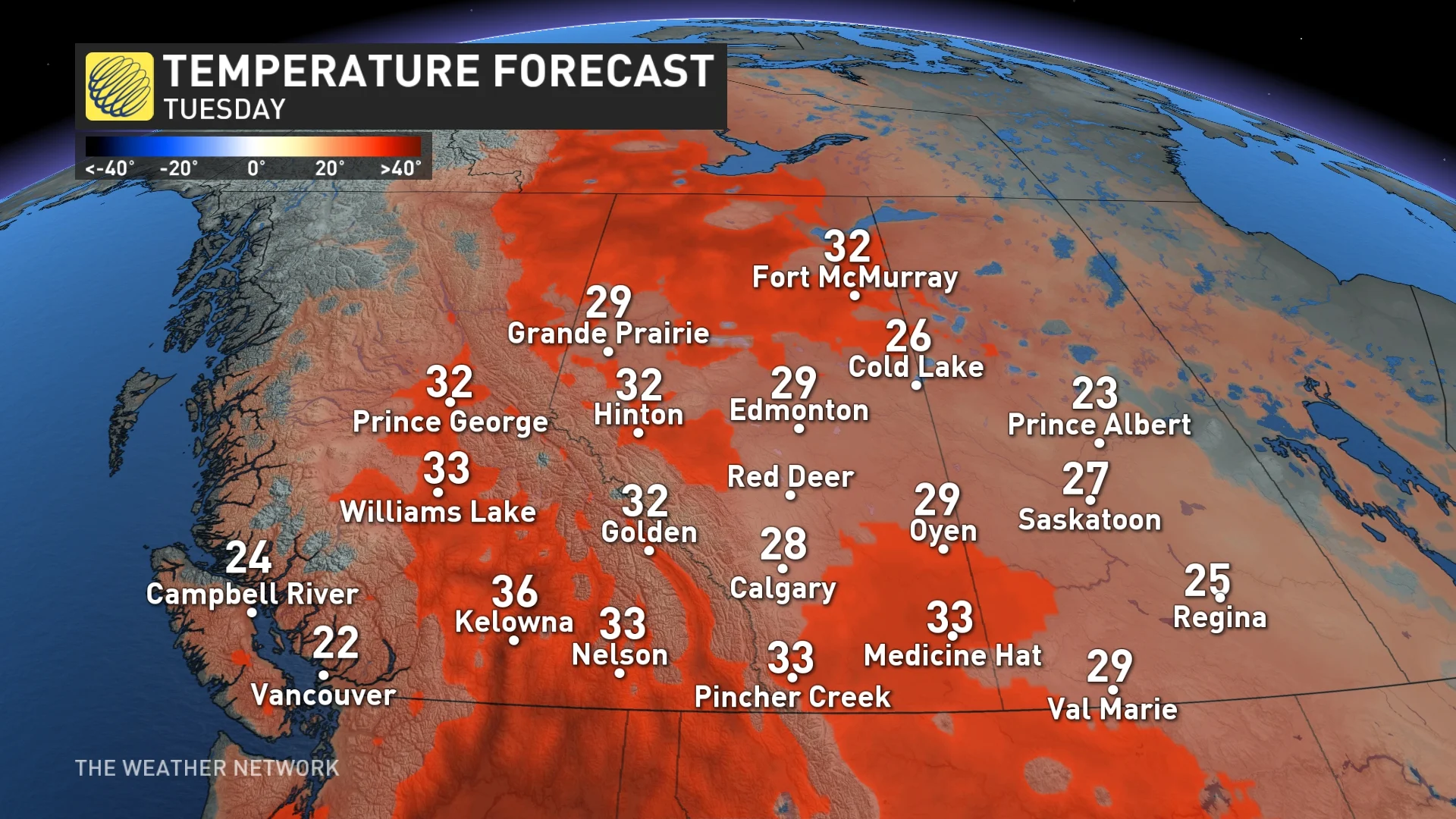
Why does Death Valley get so hot?
The reason why it gets so extremely hot is because of its elevation.
The scorching Death Valley is 7,800 square kilometres in size with challenging heat and elevation changes.
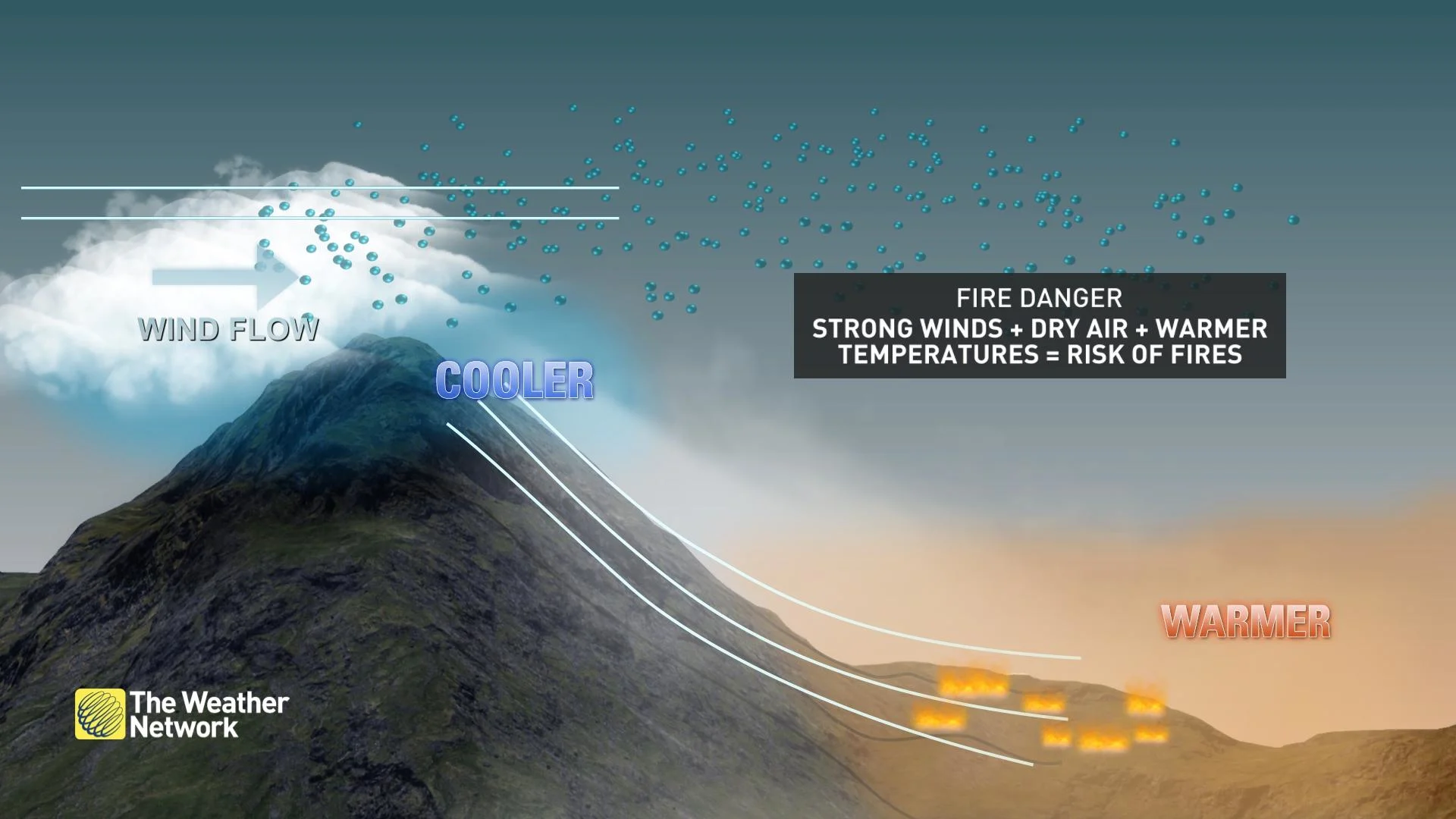
The Badwater Basin is a pure-white salt flat and sits at 282 metres below sea level –– making it the lowest point in all of North America. Because of that, and the tall mountains that line the valley, air sinks down the mountainsides and compresses and heats as it does. As a result, air temperatures get hotter and hotter.
Thumbnail courtesy of Getty Images/Tobiasjo/1296441088-170667a.
With files from Jaclyn Whittal, Laura Power and Tyler Hamilton, meteorologists at The Weather Network, and Nathan Howes, a digital reporter at The Weather Network.











